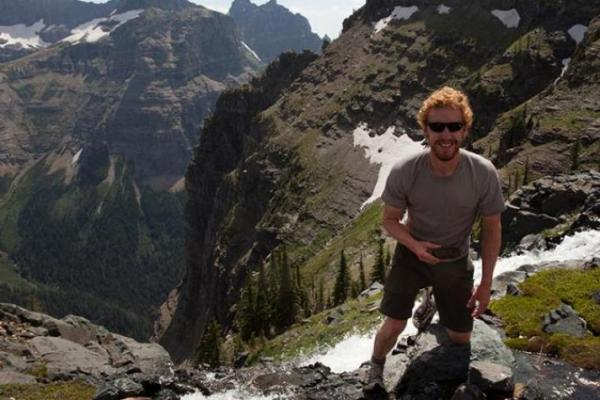
LEXINGTON, Ky., Nov. 17 (UPI) — Scientists say a pair of small alpine insects in the Rockies are like a canaries in a coal mine, offering early warnings of the global gas leak that is climate change.
For the last 20 years, scientists have been monitoring the abundance and distribution of two stonefly species dependent on alpine glaciers in the northern Rocky Mountains.
The life cycles of the meltwater stonefly and western glacier stonefly rely on short sections of frigid, alpine streams just below glacial termini. Researchers expect many of the Rockies’ glaciers to disappear in the coming decades.
In the latest study, published in the journal Global Change Biology, scientists reveal how glacial retreat has imperiled the two stonefly species.
“Alpine aquatic insects living in glacier and snow-fed streams are adapted to very cold water temperatures and are therefore especially vulnerable to warming and snow and ice loss,” lead study author Joe Giersch, an entomologist with the U.S. Geological Survey, said in a news release. “Although this research is focused on two insect species, our findings apply to entire communities of alpine stream organisms, the survival of which depends on the presence of permanent ice and snow feeding the streams in which they live.”

During the survey of 272 streams in Glacier National Park and surrounding peaks in Montana and Wyoming, researchers found 113 streams with meltwater stonefly populations and 10 streams with western glacier stonefly populations.Researchers say the decline of the two species can be linked to the loss of snow and ice pack in the Rockies over the last 150 years.
“By clearly linking glacier decline to the loss of alpine species, we can more confidently state threats to conservation of alpine species in Glacier National Park and also extend the discussion to similar situations worldwide,” added Scott Hotaling, a doctoral candidate in biology at the University of Kentucky.
Scientists did find some stoneflies holding out in groundwater-fed alpine springs, suggesting the species may be able to eke out an existence even as glaciers continue to disappear.





